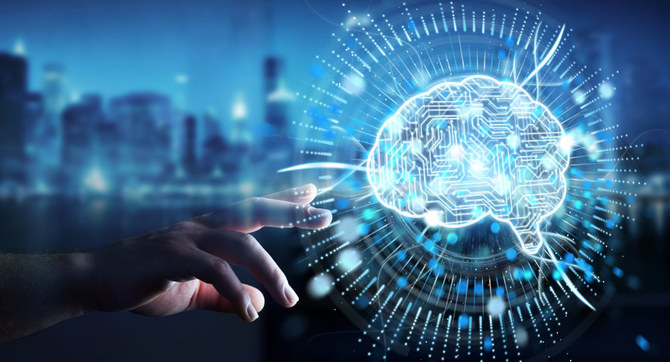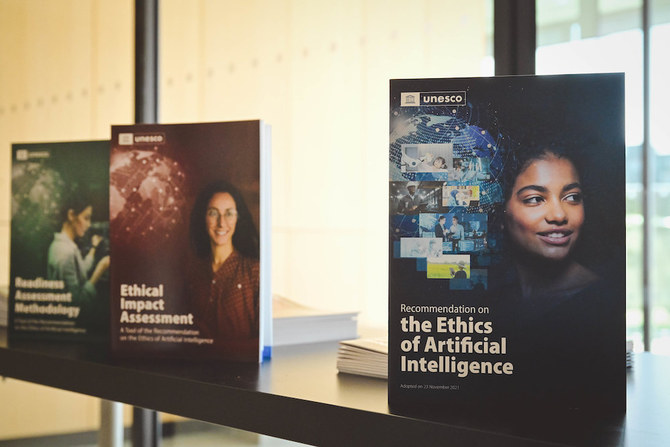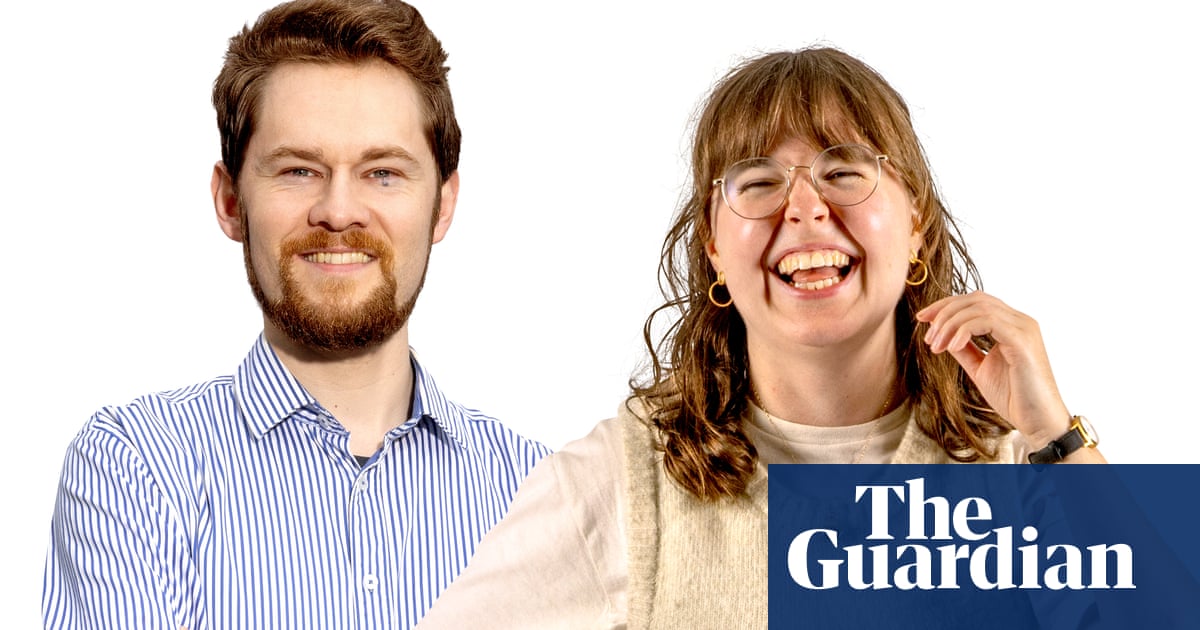
The mixing of brain cells with artificial intelligence is quickly becoming a reality. Elon Musk’s Neuralink is the latest contender in mixing tissue with AI. There are two key points about this combination: The applications of research into such new “tissue and machine” combinations potentially allow for an improvement in compromised human systems, but there is a moral question about interfering in nature’s path by applying technology. These two points define the Fourth Industrial Revolution in medicine in the wake of the COVID-19 pandemic.
When looking specifically at AI, the technology started out and continues to be used for visual analysis in medical labs. In medicine, AI extracts quantitative data from CT scans and magnetic resonance images. But the discussion concerning AI technology via memory chips in brain matter is growing in popularity for research scientists in terms of what might be possible.
But now the landscape is different. Growing brain tissue in the lab follows a particular process, but mixing it with AI technology is quickly becoming part of a new area of medical discovery. Human brain organoids, known as HBOs, are three-dimensional biological entities grown in a laboratory in order to recapitulate the structure and functions of the adult human brain. The purpose of HBOs is for clinical research but more applications are being investigated to test the uses of AI as part of mental and physical enhancement.
Also, the use of memory chips with an AI fusion in brain tissue-based artificial neural networks is important. The idea is to simulate how the brain processes, memorizes and/or retrieves information. Artificial neural networks could be an effective tool to solve many real-world problems involving tasks such as classification, estimation and control in the corporate and logistics world. Here is where an idea like Musk’s Neuralink comes into play, while also running into ethics issues, especially the impact on monkey test subjects.
Nevertheless, science marches on. We are now seeing a greater effort to mix the above technologies with brain matter. Last year, scientists began to mix AI technology with HBOs. Scientists created “DishBrain,” a unit of up to 800,000 human and mouse brain cells lab-grown into its electrodes. The micro-electrode array at the heart of DishBrain was capable of both reading activity in the brain cells and stimulating them with electrical signals. This enhanced HBO learned to play the computer game “Pong” within five minutes. Such programmable HBO chips, fusing biological computing with AI, may eventually surpass the performance of existing, purely silicon-based hardware by mixing brain tissue and technology in new and advanced ways.
With AI and brain tissue, a new generation of neural network models — or the creation of spiking neural networks — are designed to enhance the dynamics of the brain through modeling the “spike” where neurons initiate signals to other neurons in their networks with a rapid increase in cell voltage. In modeling biological neurons, spiking neural networks may have the potential to mimic brain activities in simulations, enabling researchers to investigate neural networks in a biological context. So, AI and memory chips involve “spiking” the neural network to create an action/reaction.
The human brain remains the most flexible and efficient information-processing device in the world.
Dr. Theodore Karasik
Clearly, the outcomes of such a brain tissue-technology mix has implications across many fields, such as robotics, advanced automation, brain-machine interfaces and drug discovery. In fact, this type of HBO-AI mix promotes the idea that machines that can continue to learn new abilities without compromising old notions, can adapt well to change and can map legacy knowledge into new situations by using enhanced computing power, memory and energy.
The moral questions about mixing HBO, AI and the human body are important. For every thought or behavior, the brain erupts in activity, as thousands of cells communicate via electrical and chemical signals. Each nerve cell influences others within an intricate, interconnected neural network. And connections between brain cells change over time in response to our environment. The human brain remains the most flexible and efficient information-processing device in the world, despite computer advances. Its performance inspires researchers to study and imitate HBO as an ideal of computing power.
To do so, lab-grown brain cells are genetically altered to respond to certain types of light. This technique, called optogenetics, allows researchers to control how nerve cells communicate. When the light pattern changes, the neural activity changes. Such insights advance the development of certain artificial devices that can substitute for certain motor, sensory or cognitive abilities, particularly prosthetics that respond to feedback from the user and the environment. People with Parkinson’s disease and epilepsy benefit from HBO and AI research.
If the research is used to enhance brain power and physical strength in people without preexisting health problems, then a moral question arises about interference in “God’s design” for the human body over its life cycle.
For example, the technical feasibility and willingness of some researchers to grow HBOs as biological entities with specific features and functions increasingly similar to those of an adult human brain have emerged. Is this a step too far? The goal seems to be to attempt to reproduce the conscious phenomena that characterize human beings, both to use them in an instrumental sense and to unravel the so-called mystery of human consciousness — its origin, its evolution and its disorder. It is in this arena of consciousness that moral questions arise.
Overall, the mix of HBO and AI has its limits and needs to stay within established medical and legal bounds, creating the right environment for physician treatment over mental enhancement if no preexisting conditions are present. Regulatory bodies appear to be doing their job as tissue and machine mix.
• Dr. Theodore Karasik is a senior adviser to Gulf State Analytics in Washington.
Twitter: @KarasikTheodore











